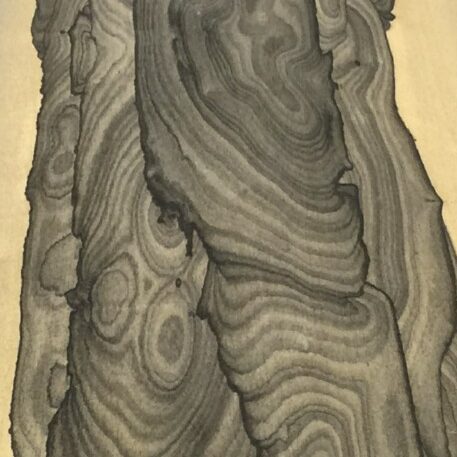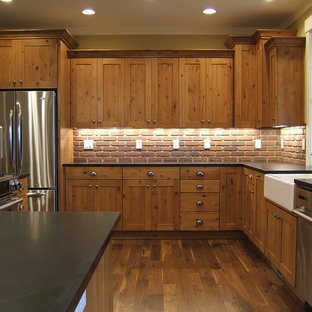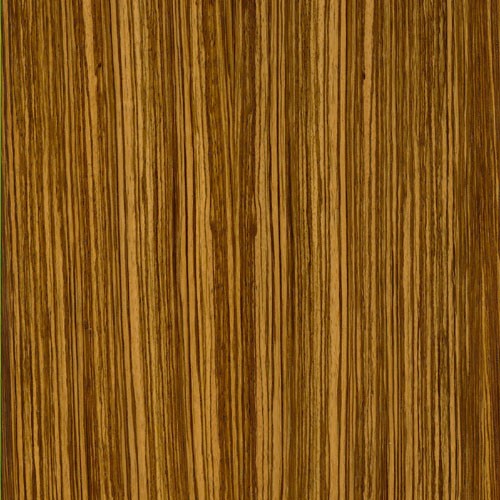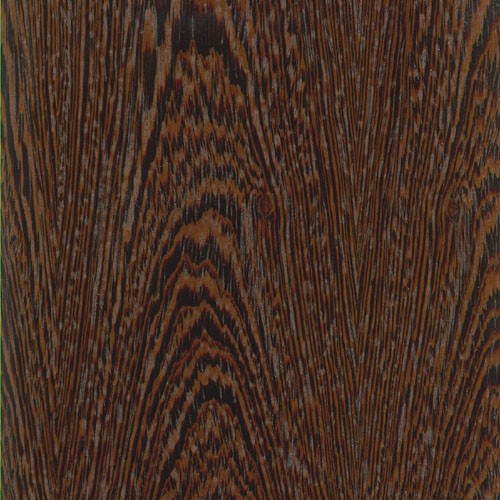Ziricote
[Cordia dodecandra]
A provocatively striking wood in appearance, Ziricote is one of the most popular exotic species in the world — as a tree or timber. Native throughout Central America, Southern Mexico, and the Caribbean, Ziricote trees bloom every March and April in the Yucatan, splashing the landscape with beautiful bright orange flowers. Which makes the species a popular ornamental — around homes, parks, and city avenues.
From the woodworker’s perspective, the species produces a hard, dense wood with a good bending strength. It’s easy to work with, cutting, turning, gluing, and finishing quite smoothly.
But its Ziricote’s radical, often-dramatic grain patterns that draws raves from international wood enthusiasts. Combining a variegated grain structure with a palette of black, grey, white, and sometimes green colors, the wood creates an artistic landscape design unlike any other species — the only possible comparison to Ziricote’s unique figure maybe being the occasional piece of figured Brazilian Rosewood. Maybe.
One look is all the proof you need. Ranging in color from medium to dark brown, Ziricote’s heartwood sometimes has a green or purple hue, and darker bands of intermixed black growth rings — creating what’s usually referred to as “spider-webbing” or “landscape” figure. The sapwood is yellowish white, and combined with the heartwood creates fantastically decorative faces. While the grain of Ziricote is straight to slightly interlocked, the texture is medium to fine, with good natural luster.
If you’re looking to make immediate visual impact, start your search with Ziricote. Nothing seduces the eye like this species — especially as wood veneer sheets, custom plywood, furniture, cabinetry, and musical instruments like guitars.
Species Distribution:
Central America
Southern Mexico
Caribbean
Honduras
Belize
Guatemala
Cuba
Common / Alternative Names:
Peterbi
Canalete
Laurel
Janka Hardness:
1,970 lbf
Sustainability Status:
CITES Appendices: Not listed
IUCN Red List of Threatened Species: Not listed
Related Species:
Bocote (Cordia spp.)
Freijo (Cordia alliodora)
Louro Preto (Cordia megalantha)









